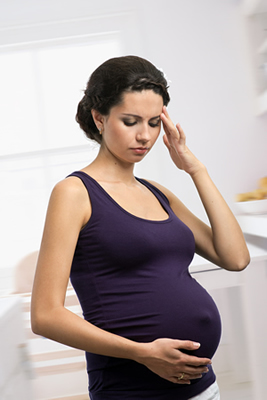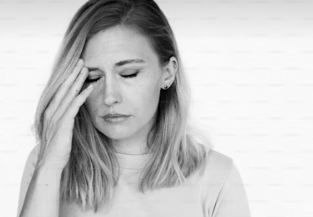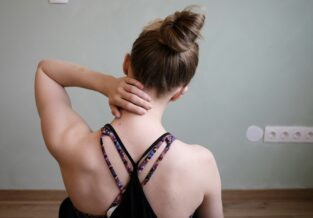Hip Pain From Running Post-pregnancy
Published on
26 Aug 2014

Call us on: (03) 9975 4133
Pelvic instability is common post-pregnancy due to hormonal changes, particularly the involvement of the hormone relaxin, says Pure Director Kate Senini.
The instability and stretching of the ligaments of the pelvis to accommodate a baby mean the deep stabilising muscles must work at a much higher level, sometimes leading to pain in the outer aspect of the hip.
Pregnancy also results in the stretching and weakening of the pelvic floor muscles. These muscles are integrated with the deep abdominal muscles in our pelvic girdle, and must be actively retrained and strengthened after pregnancy. If neglected, the pelvis remains unstable for a period of time, and the compensating use of incorrect muscles occurs in attempting to create stability.
A stable pelvis and hip joints form the foundation from which our lower limbs operate during running, and pelvic floor muscle retraining, in conjunction with the deep abdominal muscles, is required to ensure this stability is achieved.
Gluteal muscle activation is then built in to realign the hip joint correctly. Progressing these exercises from baseline activation to higher-level single leg exercises is important to ensure adequate strength is achieved to safely return to running without injury.
Soft tissue release work around the outer aspect of the hips, lower back and fronts of the hips is often also required, along with specific stretching to alleviate tension generated through the overuse patterns. Core stability sessions, such as physiotherapist led Clinical Pilates, can also be of benefit in conjunction with specific exercises to improve the endurance and activation patterns of the stabilising muscles discussed.


